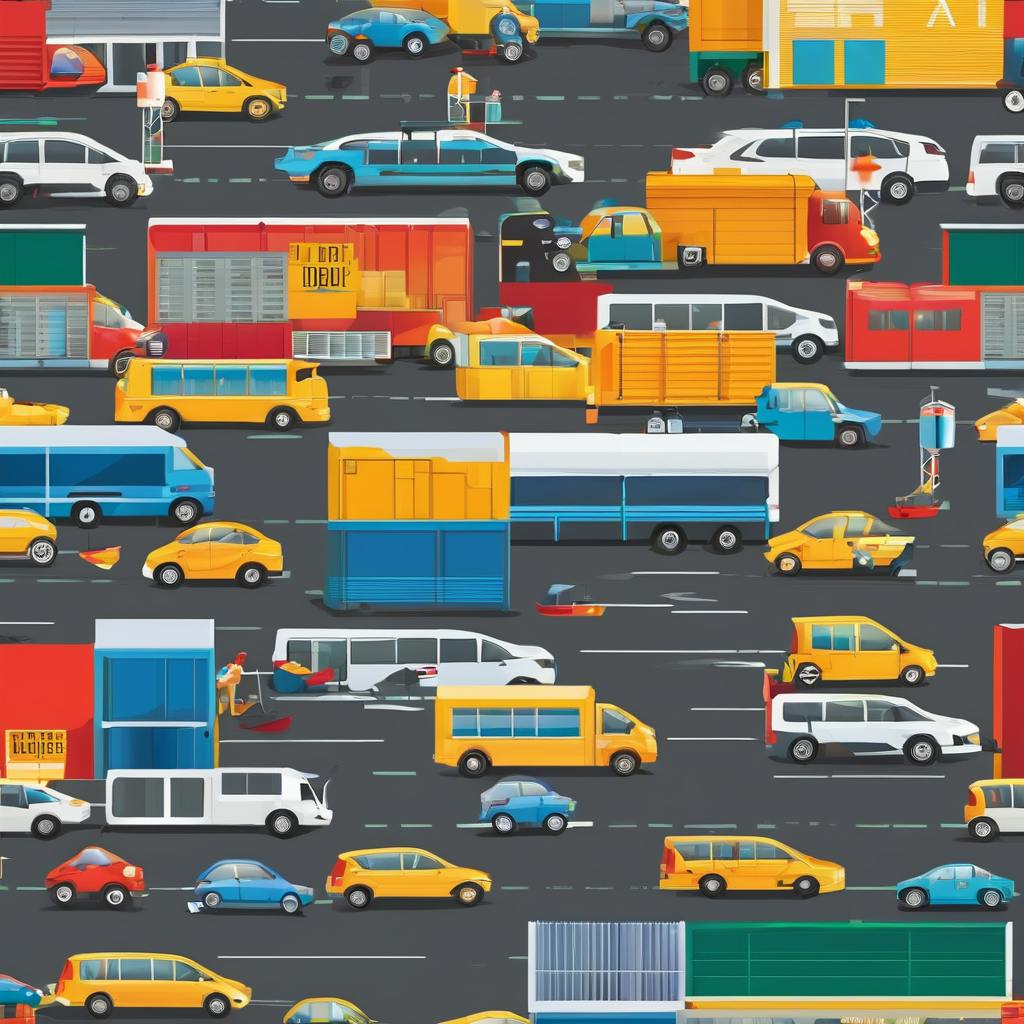Authors:
(1) Benzar Glen S. Grepon, Northern Bukidnon State College, Philippines [email protected] (corresponding author);
(2) JC P. Margallo, Northern Bukidnon State College, Philippines;
(3) Jonathan B. Maserin, Northern Bukidnon State College, Philippines;
(4) Rio Al-Di A. Dompol, Northern Bukidnon State College, Philippines.
Table of Links
References and Author's Biography
LITERATURE REVIEW
Navigation apps have been very beneficial to most, given that it helps us navigate places to which we are familiar or unfamiliar. Currently, no direct study is very similar to the study being presented. A couple of the studies are listed below that use the same technology and methods the proponent could relate to.
The study of (Yang and Hsu, 2016) uses google maps API, which were used by this study to locate specific area point. Yet, it uses image recognition technology as a tourism information provider and tourist route planner. Another similar is the Study of (Luthfi, et al, 2019) Wherein they made use of iOT Technology, allowing their objects to connect to the internet for them to track and monitor, then used Google Maps API to carry out their project through direct web access or mobile phone. A study by (Khoo and Ong, 2013) presents the development of a holistic structural equation model that can consider all potential attributes affecting perceived quality in a single model for a traffic information system which is one of the factors with relates to the delays in the roads for travelers. Another study wherein it uses a GPS navigation system based on google maps API has been studied and then implemented by (Li & Zhijian, 2010), which uses Google Maps to navigate using mobile devices.
There is a study that allows the participation of ordinary people concerning incident mapping is the study of (Balahadia, et al., 2015), where citizens are allowed to point areas in the community through a digital map that requires attention from the barangay officials; they used social media integrations for the community to receive notifications for every update done by the officials to the website. Another study where citizens' participation in mapping has been integrated is in the study of (McCall, 2021), which distinguishes facts and other media uploaded by people to avoid fake news and the like. The use of social media as an identifier for natural disasters has been a tool used by citizens to report incidences and inform disaster sites and safe points for casualties evacuation in real time with GIS aid a study of (Slamet, et al, 2018) which implements Secure Place Locator (SPL) which can map position, quantity, density, and incident in the disaster site so that Disaster Management can be performed quickly and accurately.
Regarding road safety, the study of (Dadvar, et al, 2020) has a database that maintains motor vehicle crash data, roadway inventory, and traffic volume data for several US States, one of the target functionalities of the Road Updates Information system. A study of (Novikov, et al, 2021) uses Geoinformation System (GIS) looking to the various factors affecting road safety, accident likelihood, and severity of their consequences depending on the hazardous areas location, which is the main target of the system to identify potential factors which cause a delay in the road and allow participation from the public to notify travelers with regards to the current condition of the road where incidences happen. Recent studies have revealed that navigation systems frequently guide users down hazardous roads under the false assumption that all roads are equally safe. A study of (Xu, et al, 2022) developed a machine learning-based road safety classifier that predicts the safety level for road segments using a diverse feature set constructed only from publicly available geographic data. Two (2) mobile communications services technologies are used in the study of (Thalluri, et al, 2022) GPS for vehicle tracking and GSM to transmit and update the vehicle's location into the database. In addition, they use API Key to display the vehicle on a map on the web application, and it also makes use of an ultrasonic sensor to warn the driver of the presence of any adjacent vehicles and help him avoid collisions and potential accidents while navigating the road safely. Lastly, in terms of the use of localized qualitative traffic information with an ontological model for traffic information, the study of (Amado and Dela Cruz, 2022) utilized an integrated sensor system to gather data on the temperature, relative humidity, rainfall intensity, and flood level of the deployment site. A Haar cascade deep learning algorithm to extract traffic volume information and accident information from video feeds.
This paper is available on arxiv under CC 4.0 license.

